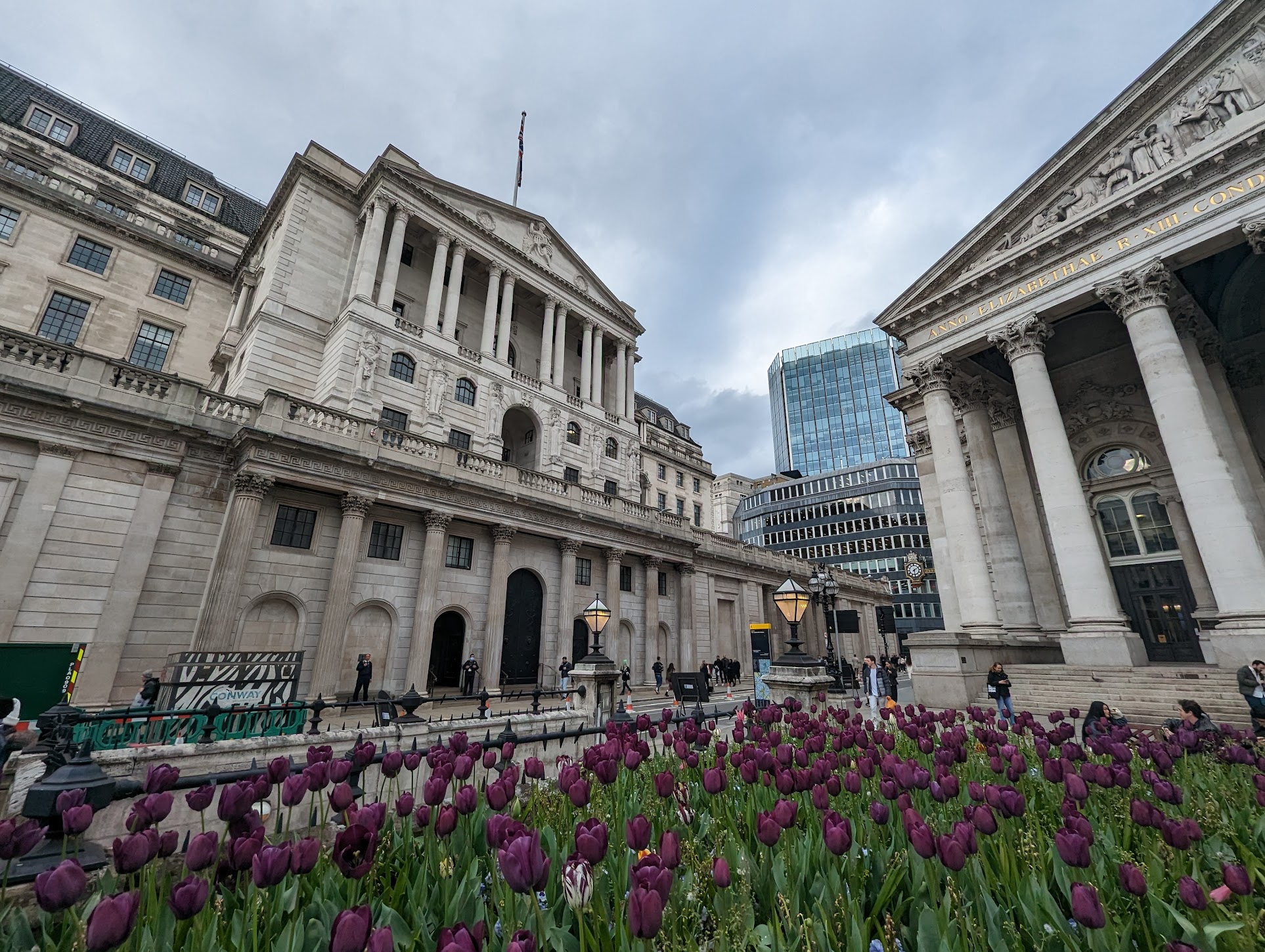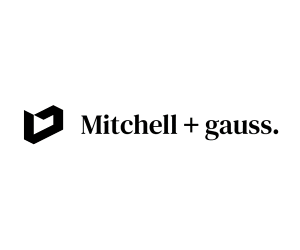BoE cuts interest to 4.5% as stagflation fears rise

The Bank of England (credit: George Iordanov-Nalbantov)
The Bank of England (BoE) has lowered interest rates to 4.5%, a 0.25% reduction, amidst concerns about rising inflation and sluggish economic growth.
The BoE’s Monetary Policy Committee (MPC) voted 7-2 in favour of the cut, aiming to alleviate pressure on borrowers. However, the bank halved its 2025 growth forecast to 0.75% and anticipates inflation will peak at 3.7% this autumn, nearly double the government’s 2% target.
The decision, taking borrowing costs to their lowest since June 2023, follows a slowdown in economic activity and better-than-expected inflation figures for December.
Two MPC members, Catherine Mann and Swati Dhingra, advocated for a larger 0.5% cut, highlighting concerns about the economic outlook. The bank also warned of a potential period of stagflation, characterised by weak growth and high inflation, putting renewed pressure on household budgets.
The bank is expected to deliver at least two more cuts by the end of the year.
Luke Bartholomew, deputy chief economist at abrdn, said: “The decision to cut rates today was widely anticipated. But the fact that two MPC members voted to deliver a bumper 50bps cut, despite revising up near term inflation forecasts, gives a sense of how concerned some policymakers are about the headwinds to growth.
“It is hard to see the Bank of England materially stepping up its pace of easing until it sees how the increase in National Insurance is digested by the economy in the spring.
“However, the Bank’s signals today suggest there is scope for several more rate cuts this year, given the weak growth outlook, and we continue to see rates below 3% over the next two years.”
Kevin Brown, savings specialist at Scottish Friendly, said: “While the decision to cut the interest rate was widely expected, the Monetary Policy Committee (MPC) had a range of competing factors to consider.
“Wage pressures have remained, with the latest data showing a 5.6% uplift in wages in the three months to November 2024. However, services inflation had been a significant headache for the rate setters and it dropped from 5% in November to 4.4% in December, opening a window for today’s cut.
“The MPC’s decision also reflected sliding UK business confidence in the wake of the October budget, and surveys suggesting employers are poised to lay off workers. The UK economy appears to be at or near stagnation, and in dire need of the boost lower interest rates could provide. There is also the uncertainty surrounding the looming trade war set in motion by US tariffs.
“For savers, it is likely to depress the interest rate they can expect on their cash savings. And markets are pricing in another two rate cuts for the remainder of the year.
“A way to shield yourself from the impact of shifts in interest rates is to build resilience in your day-to-day finances. That could mean having a financial cushion, invested prudently, that can help you weather external shocks.”







